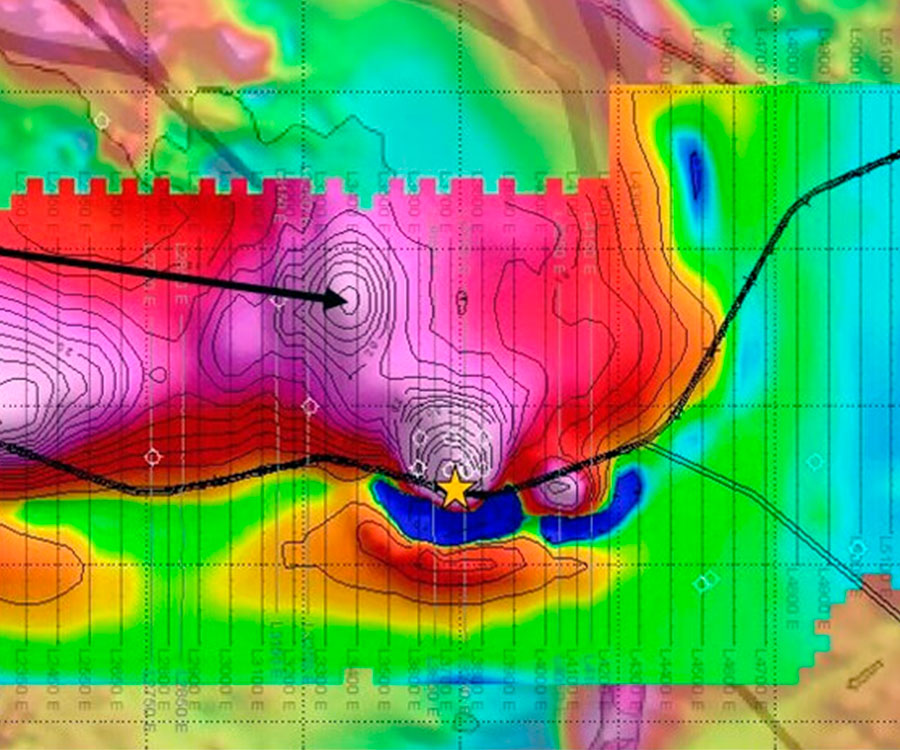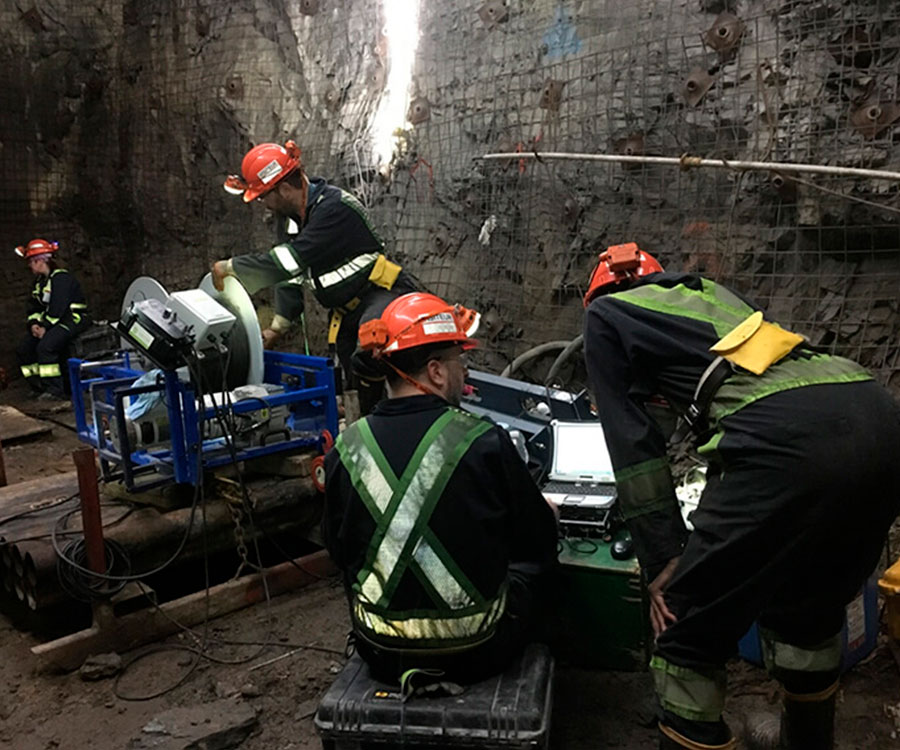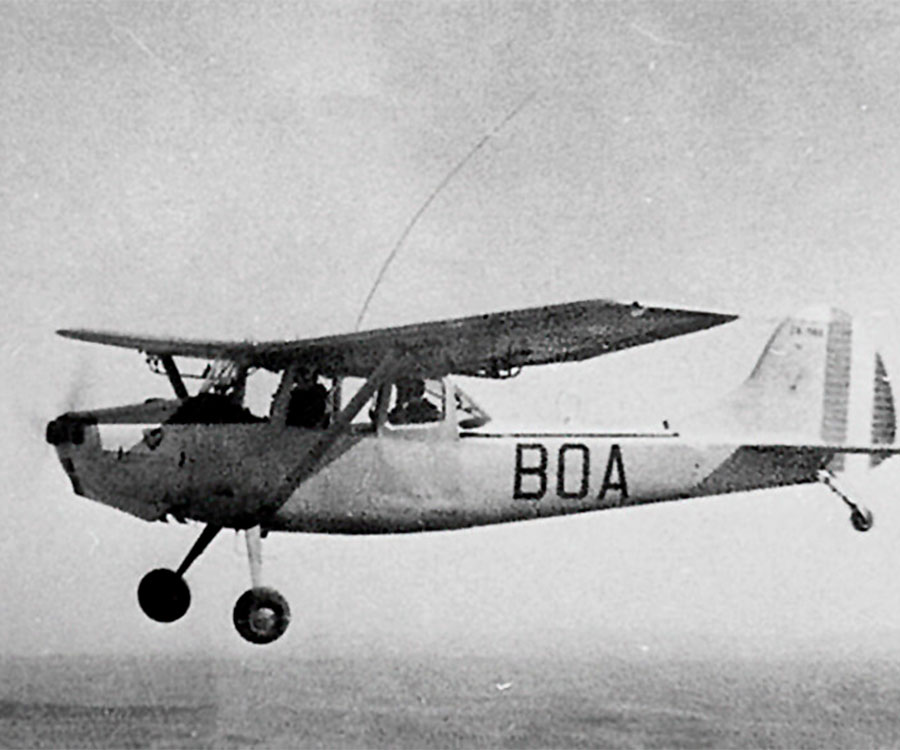Special Coordinators: Jean M. Legault and Oliver Kuhn
Technical Editor: Ruth Peach
Format Editor: Elizabeth Atkinson
In the same way that Quebec is rich in mineral and energy resources, it has a rich and long history in exploration geophysics. For most of us that live and work outside of Quebec, there is a level of mystery with much of the work that goes on there, as it generates little fanfare or publicity for those on the outside. Perhaps it has to do with linguistic and cultural differences, but Quebecers have long preferred the “made-in-Quebec” solution to solving their exploration problems rather than reliance on others. But for those of us who get the chance, visits to Quebec offer insights into a fast paced and highly competitive world of exploration geophysics, along with delight from good food and a rich culture. There is a lot of geophysical innovation that has been born in Quebec and exported around the world. The four articles selected for this month’s Focus theme serve to showcase the diversity in Quebec’s geophysical expertise being used to explore for and extract minerals.
Author Marc Boivin, former Chief Geophysicist for Quebec’s Crown corporation SOQUEM, and a long-time well regarded, sought after geophysical consultant, builds on what started as his conference presentation at last fall’s Xplor Quebec Mining Exploration Convention in Montreal in his article, “Mining exploration geophysics in Quebec, over 50 years of innovation”. He has converted PowerPoint to written word, and offers us a brief but detailed review of 50 years of geophysical innovation in Quebec, going back as far as Theodore Koulomzine, the great-grandfather of mining geophysics instruction in Quebec in the late 1950s. From innovators in academic research, Marc then embarks on a story of mining geophysics innovation. This includes: public companies such as SOQUEM, industry-university mineral exploration research partnerships such as CONSOREM, innovation in instrumentation by private companies such as GDD Instruments led by industry legend Edwin Gaucher, and finally, modern-day geophysical entrepreneurs like Pierre Berubé, who seem to innovate in all modern technologies known to humankind for mineral exploration. Marc has packed a lot of information into a short space, in what we hope you’ll find to be a fun and inspirational paper that has lots of energy.
Underground mine geophysics has been practiced for many decades by mining companies, but surprisingly, this work has been rather poorly chronicled, and has not been an active area of research in academia. “Applied geophysics in a very deep mine context: examples from the >3 km deep, LaRonde Penna mine, Abitibi Greenstone Belt” begins to address this gap. Quebec Professor Li Zhen Cheng and her team of students from UQAT and Cégep de l’Abitibi-Temiscaminque in Rouyn-Noranda, northwestern Quebec, along with industry and government partners, present results of their current research in underground mine exploration geophysics. Using data obtained at mind-boggling 3 km depths (nearly 2 miles below surface) in the rich LaRonde Penna gold mine, Dr. Cheng and her co-authors take us through their scientific experiments, which include accounting for mine safety, studying possible impacts of mine infrastructure, and identifying potentially mine-related geophysical noise and its removal. They present the results of their underground borehole electromagnetic surveys, supported by 3D computer modeling, leading to as-yet potentially undiscovered (so called “off-hole”) orebodies rich in gold.
The Nunavik Nickel Project lies in the Cape Smith Belt at the furthest tip of Northern Quebec, near Kangiqsuajuaq in Nunavik. The hunt for new orebodies in this region is no easy task, owing to the harsh conditions, the challenges of extremely complex geology, and the relatively weak physical rock property contrasts. Recently discovered Nunavik Nickel is one of many nickel-copper-PGE (platinum group element) ore deposits that originate from mafic to ultramafic magmatic intrusions. Former SEG student scholarship winner and co-inventor of the innovative Infinitem™ electromagnetic technology, Quebec City’s own Circé Malo-Lalande and her co-authors take us from physical property analyses that provide proof-of-concept, to ground and borehole magnetic, electromagnetic and reflection seismic survey results used for geological mapping and the discovery of new orebodies. "Exploring for Magmatic Ni-Cu-PGE Ore Bodies with Magnetics, Electromagnetics and Reflection Seismic in a Challenging Geological Setting in Nunavik, QC"
In our final article, Marc Duchesne and co-authors from the Geological Survey of Canada present seismic results over the Macasty Formation, a thin-layered unconventional shale reservoir on Quebec’s Anticosti Island that lies in the northwestern portion of the Gulf of St. Lawrence. These data were collected prior to the moratorium on oil and gas exploration on Anticosti Island in 2017. The authors use a post-stack processing scheme on 2-D seismic data to successfully resolve the thin-layered shale unit that lies beneath a thick and highly attenuating limestone-dominated Silurian-Ordovician succession. Validated using synthetic seismograms and well logs, the improved resolution opens a window to a relationship between the internal reflections of the unconventional reservoir and changes in total organic content. "A processing strategy for high-resolution seismic imaging of thin unconventional reservoirs: application to the Macasty Formation, Anticosti Island, Canada"
Hoping that you will enjoy this collection of articles from the “Je Me Souviens” Province.














Join the Conversation
Interested in starting, or contributing to a conversation about an article or issue of the RECORDER? Join our CSEG LinkedIn Group.
Share This Article